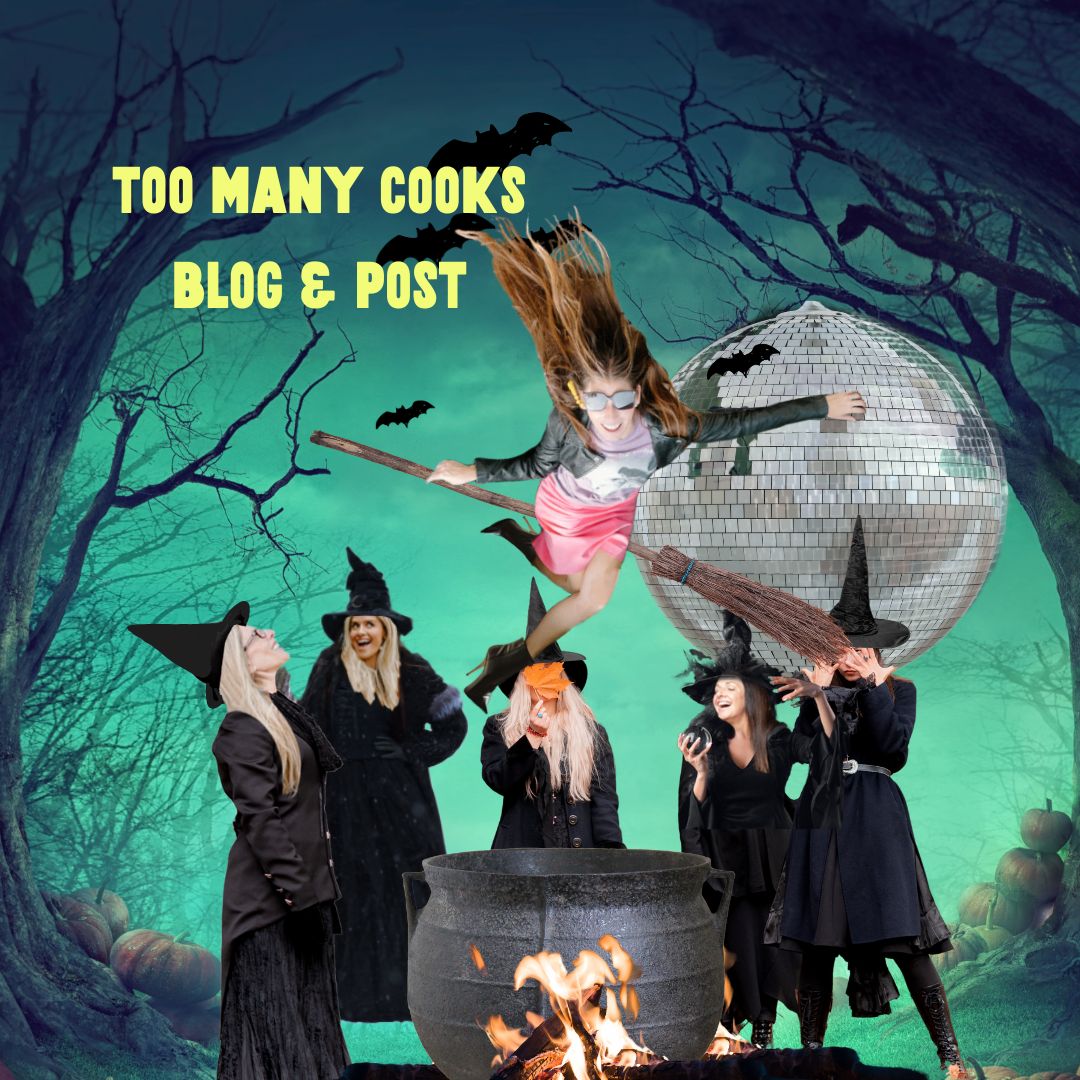Let’s get real: blogging isn’t just about throwing words on a page or trying to snag a quick hit on SEO. A solid blog strategy is about creating a living, breathing library of your brand’s voice—a repository of expertise, thought leadership, and that special sauce that sets you apart from the crowd. But how often should you post? What’s the difference between just pushing content out vs. building something meaningful? Let’s dive into the wild world of blogging, so you can make your editorial calendar not just a task list but a strategy that slaps.
Let’s start with the basics: Blogs are more than just content pieces you push out into the digital void. They’re a currency of information, authority, and connection. Think of them as the slow-burn magic that builds your brand’s universe. Every blog post is another brick in your empire, another chance to showcase your brand’s POV and draw your audience deeper into your world.
Push vs. Repository: The Difference Is Everything.
Pushing blogs is like tossing confetti into the wind—it’s fun, it’s flashy, but if you don’t have a strategy behind it, it just ends up scattered. Instead, think of your blog as a repository—a curated collection of ideas, resources, and knowledge that your audience can keep coming back to. It’s the difference between a one-night-only show and a whole season of your favorite series. One is cool; the other builds loyalty, trust, and that gotta-have-it factor.
Frequency: How Often Should You Post?
Consistency is key, but there’s no one-size-fits-all answer. Here’s the sweet spot breakdown:
- Minimum: Once a month. If you’re strapped for time, resources, or just starting, aim for quality over quantity. This is your baseline.
- Sweet Spot: Twice a month or once a week. This cadence keeps your content fresh, builds momentum, and signals to your audience (and Google) that you’re in the game.
- Power Play: 2-4 times a week. This is for the brands looking to dominate, build a content powerhouse, and really make a mark. Just remember, it’s only worth doing if the content slaps—don’t post junk just to hit a number.
What to Blog About: Content That Captivates
When building your blog strategy, think of your topics like a playlist—each piece should flow but also stand alone as a hit. Here’s your vibed-out methodology:
- The Hook-Up: Start with what hooks your audience. This could be tips, how-to guides, listicles, or juicy industry insights. Hit them with value right out of the gate.
- The Deep Dive: Follow up with deep-dive articles that showcase your expertise. This is where you flex those brand muscles—case studies, expert interviews, and thought pieces that make readers go, “Whoa, these people know their stuff.”
- The Storyteller: Use storytelling to build connections. Brand journeys, client success stories, and behind-the-scenes glimpses show your human side and build emotional ties. People remember how you made them feel, not just what you taught them.
- The Evergreen Essentials: Always pepper in content that stands the test of time—guides, FAQs, and resources that keep drawing traffic long after the publish date. This is where the magic of a repository shines; it’s your timeless, go-to wisdom.
- The Trend Tracker: Lastly, add in some timely, trend-driven content to keep your blog fresh and relevant. But remember, trends are a garnish, not the main course—don’t make them your whole strategy.
Methodology for a Killer Blog Content Calendar
Ready to put it all into action? Here’s your step-by-step guide to turning your blog strategy into a high-functioning editorial calendar that feels less like a to-do list and more like a creative blueprint.
- Set Your Core Content Pillars: Define 3-5 core themes that represent your brand’s vibe. These should be broad enough to give you room to explore but specific enough to anchor your content. Think of these like the genres in your brand’s playlist—anything that doesn’t fit, doesn’t get made.
- Map Out Your Frequency: Decide how often you’re posting each month and slot those bad boys in. Start with your non-negotiables (like deep dives or evergreen essentials), then sprinkle in timely or trend-driven posts to keep things spicy.
- Assign Themes to Dates: Theme out your months! Maybe January is all about new beginnings, while October dives into industry trends. Align your content with seasons, holidays, or relevant industry moments to keep your blog feeling alive and in sync with your audience’s vibe.
- Batch and Bank: Content creation is less stressful when you’ve got a bank of ready-to-go pieces. Schedule time to batch-write or at least outline multiple posts in one go. Build a cushion of content, so you’re not scrambling when the deadline hits.
- Leave Room for Flexibility: Trends change, ideas evolve, and sometimes inspiration hits out of nowhere. Leave a few slots open each month for spontaneous, off-the-cuff posts that keep your blog feeling fresh and real.
- Track, Adjust, Repeat: Pay attention to what’s hitting and what’s missing. Use analytics to guide your next moves, adjust your calendar, and keep the vibes high. Blogging is an evolving game, so don’t be afraid to remix.
Blogging isn’t just about pumping out content for the sake of it—it’s about creating a lasting impact, building a hub of valuable resources, and showing up for your audience in a way that feels true. So don’t just float ideas; spin them, reflect them, and make them shine like the disco ball your brand deserves to be. ✨🖤
Now go own that editorial calendar like the rockstars you are. 🎸⚡️



Comments +